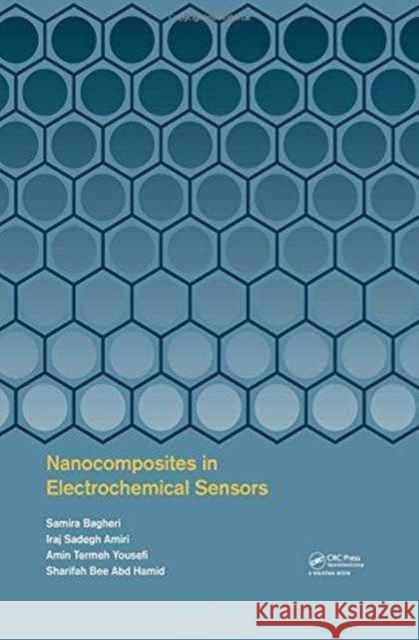Nanocomposites in Electrochemical Sensors » książka
Nanocomposites in Electrochemical Sensors
ISBN-13: 9781138626775 / Angielski / Twarda / 2016 / 136 str.
Nanocomposites in Electrochemical Sensors
ISBN-13: 9781138626775 / Angielski / Twarda / 2016 / 136 str.
(netto: 649,04 VAT: 5%)
Najniższa cena z 30 dni: 629,67
ok. 22 dni roboczych.
Darmowa dostawa!
Nanotechnology has become one of the most important fields in science. Nanoparticles exhibit unique chemical, physical and electronic properties that are different from those of bulk materials, due to their small size and better architecture. Nanoparticles can be used to construct novel sensing devices; in particular electrochemical sensors. Electrochemical detection is highly attractive for the monitoring of glucose, cancer cells, cholesterol and infectious diseases. The composite film was prepared by using the synthesized zinc oxide, multi walled carbon nanotube and polycaprolactone on glassy carbon electrode (ZnO/MWCNT/PCL/GCE). The porous ZnO/MWCNT/PCL film was used as a supporting matrix to immobilize the Co(II) ions. The immobilized Co(II) ion exhibits an excellent electrocatalytic activity to glucose oxidation. The sensor responded linearly to glucose in the concentration of 5.0x10 5 - 6.0x10 3M with the detection limit of 1.6x10 5 M at 3 using cyclic voltammetry. In addition, the composite film was prepared by synthesized TiO2-NPs and carbon nanotube on glassy carbon electrode (TiO2-MWCNT/GCE). The TiO2-MWCNT/GCE responded linearly to L-tryptophan in the concentration range of 1.0x10 6-1.5x10 4 M with the detection limit of 5.2x10 7 M at 3 using amperometric measurement. Unique nanocomposite-based films proposed in this book open new doors to the design and fabrication of high-performance electrochemical sensors."











